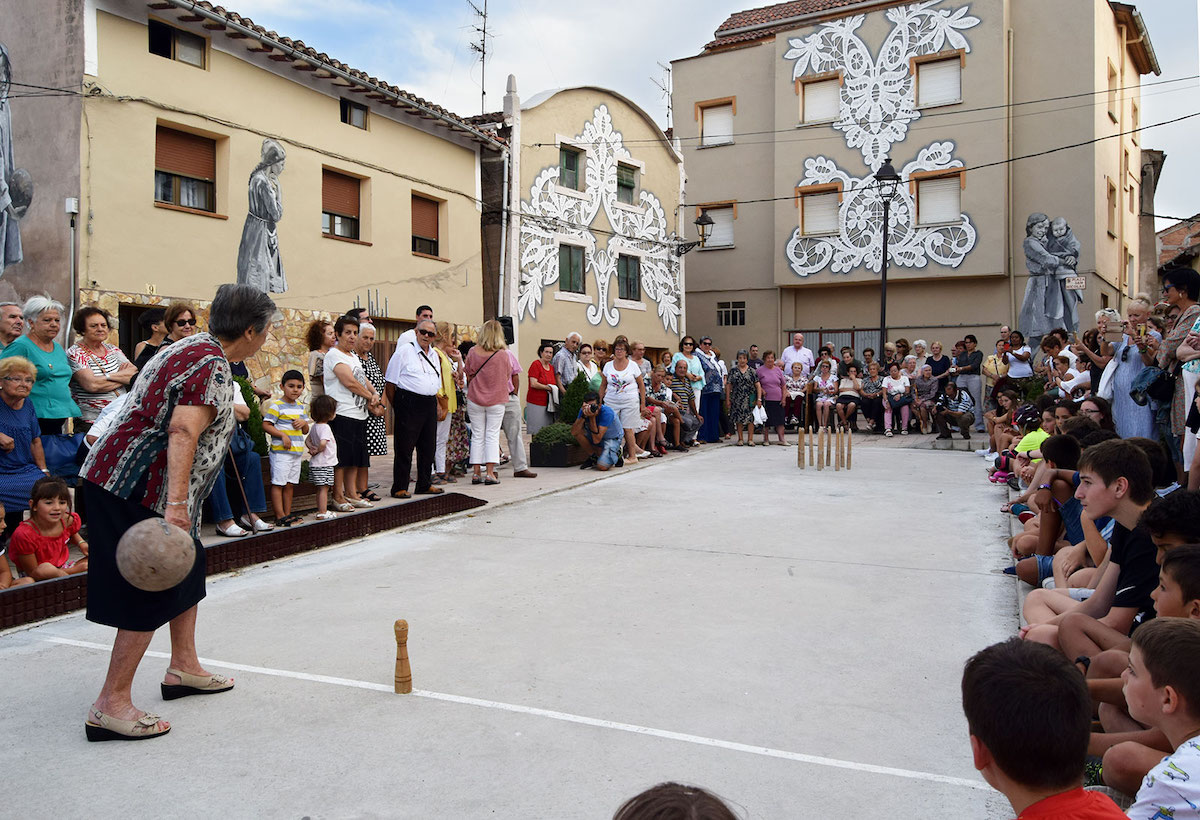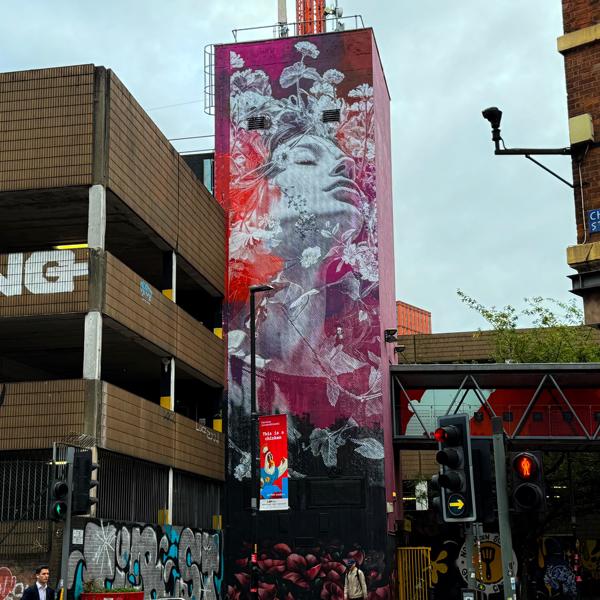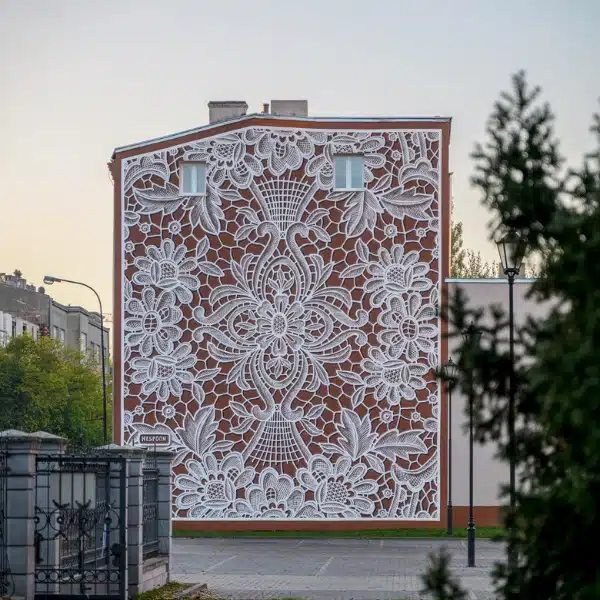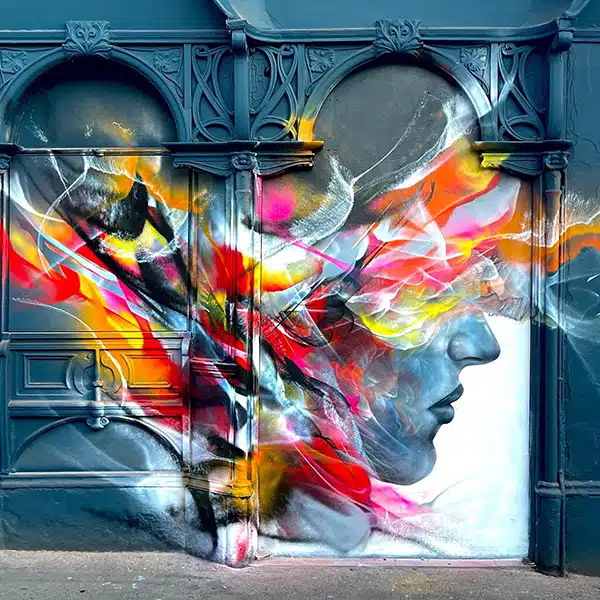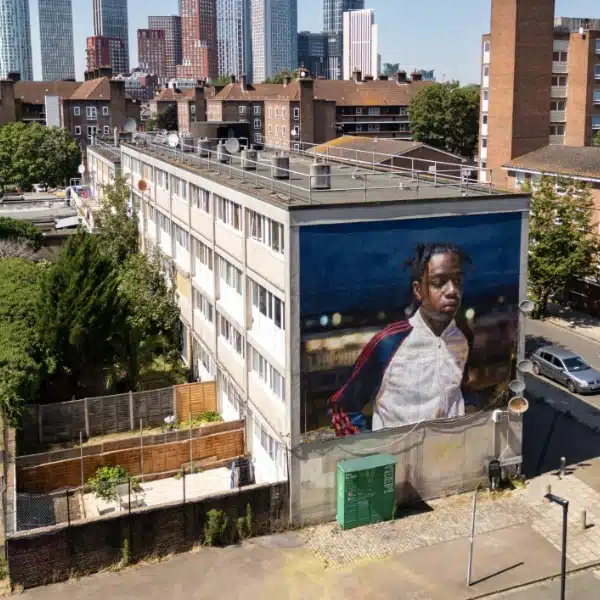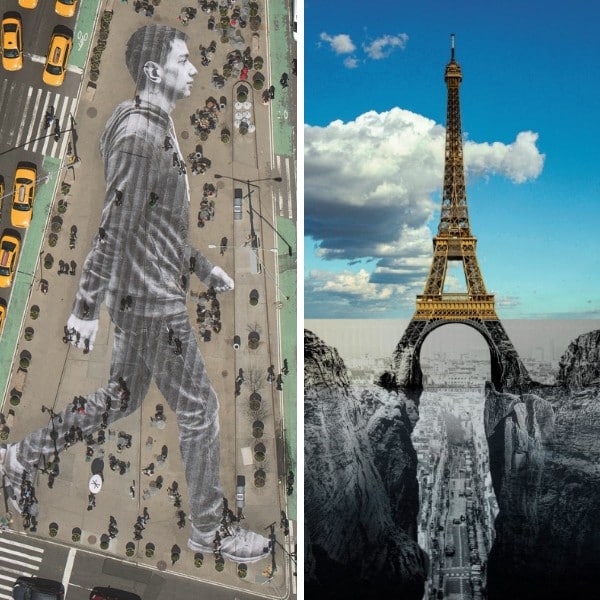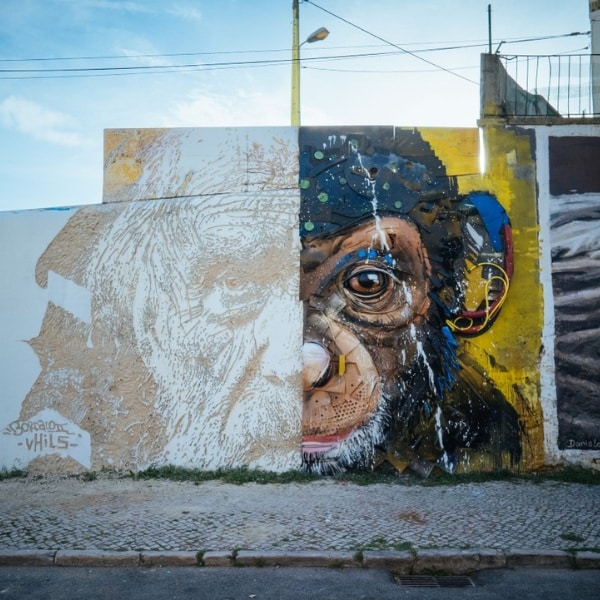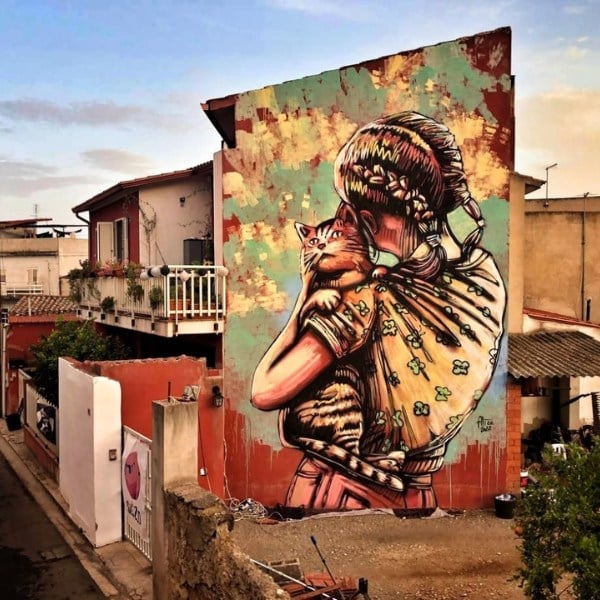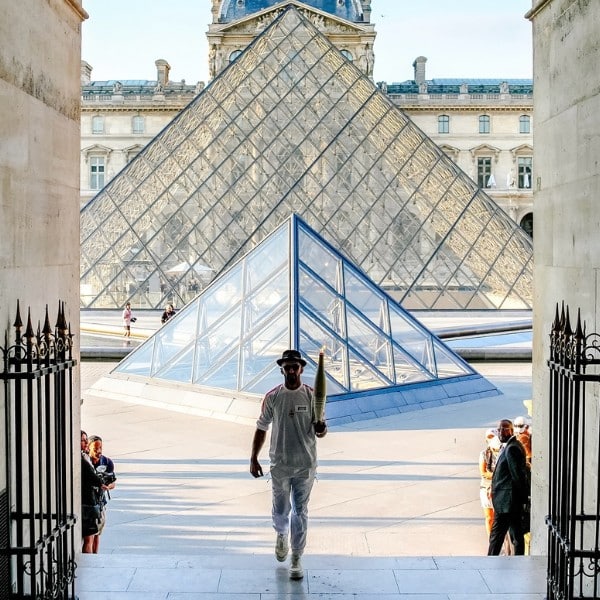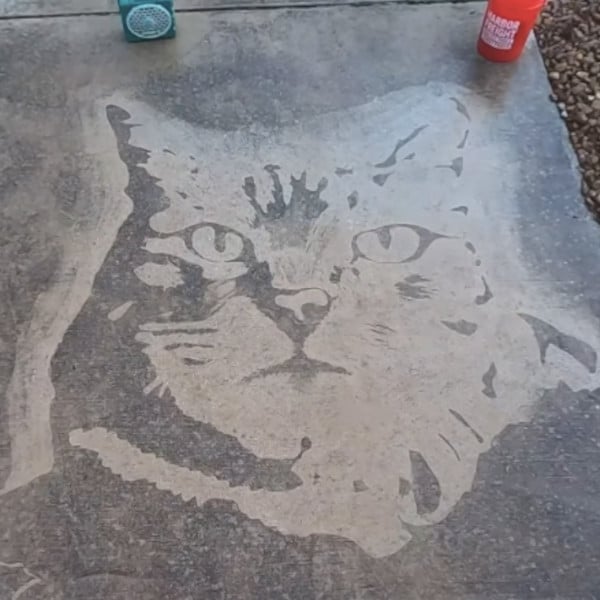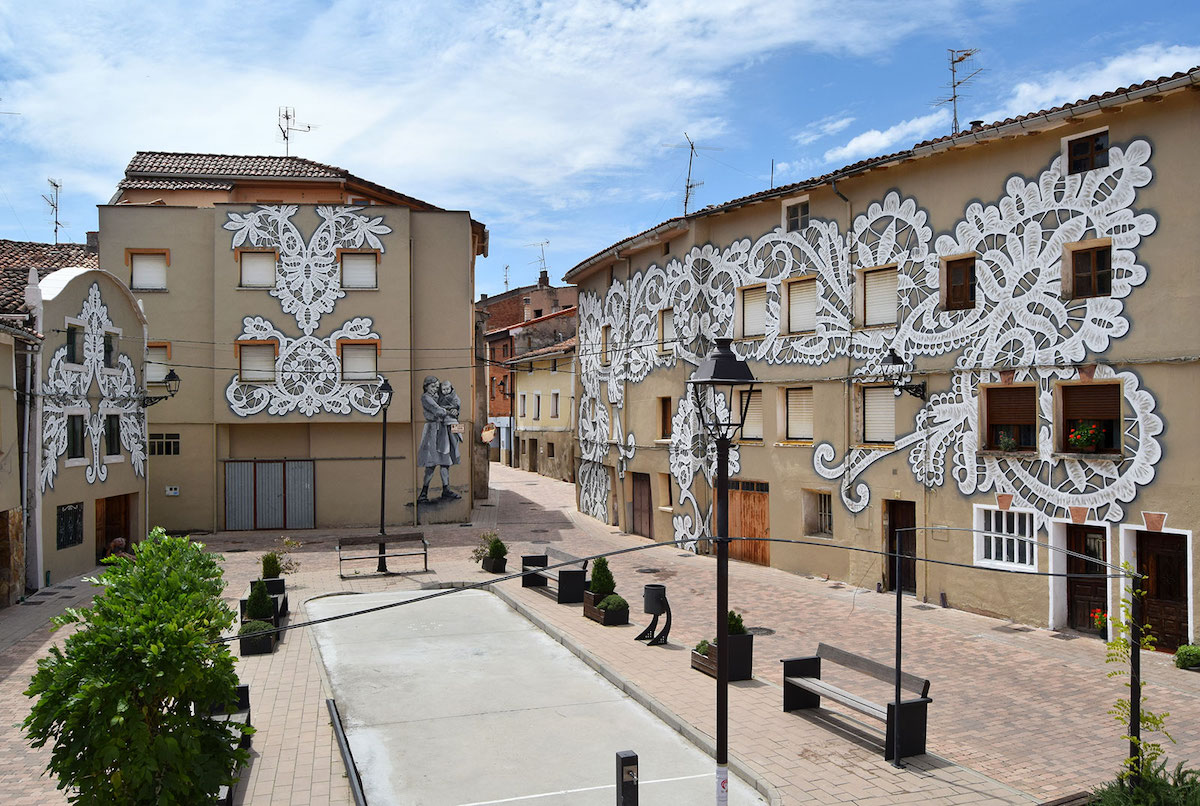
Thanks to a local cultural organization, two street artists are using their work to bring back tradition and create a larger sense of community in a small town in northern Spain. Despite having only 2,100 inhabitants, the village of Belorado is quite rich in culture. Street artists NeSpoon and Regue Fernández explored its history and used it as inspiration to transform eight buildings across one of the main town squares.
Plaza de San Nicolás is a public space of great importance to the women of Belorado. It was here that they traditionally played bolo beliforano. This traditional game is a type of bowling played only by women. Cultural organization StARTer and its curator Estela Rojo used this tradition as a starting point to address the presence of women in public spaces.
NeSpoon spent time in the homes of locals, studying the traditional lace patterns of the area. These motifs then found their way across a number of building facades around the square. By placing these small, intimate handicrafts in a monumental public setting, NeSpoon injects local lacework with a sense of great importance.
For his part, Fernández explored the photographic history of bolo beliforano. His artwork was taken directly from a 1917 photograph of women taking care of their children while they partook in a match. The photo is the oldest piece of visual evidence related to bolo beliforano that exists and shows how these women juggled pleasure and family with ease.
Over 9,500 square feet of painted space completely transform the square. To celebrate the makeover, citizens once again filled the plaza, and women took center stage. By continuing the tradition of bolo beliforano, they both pay homage to their heritage and look forward to the continued revival of their community.
Two street artists transformed a main square in the small Spanish village of Belorado by focusing on local tradition.
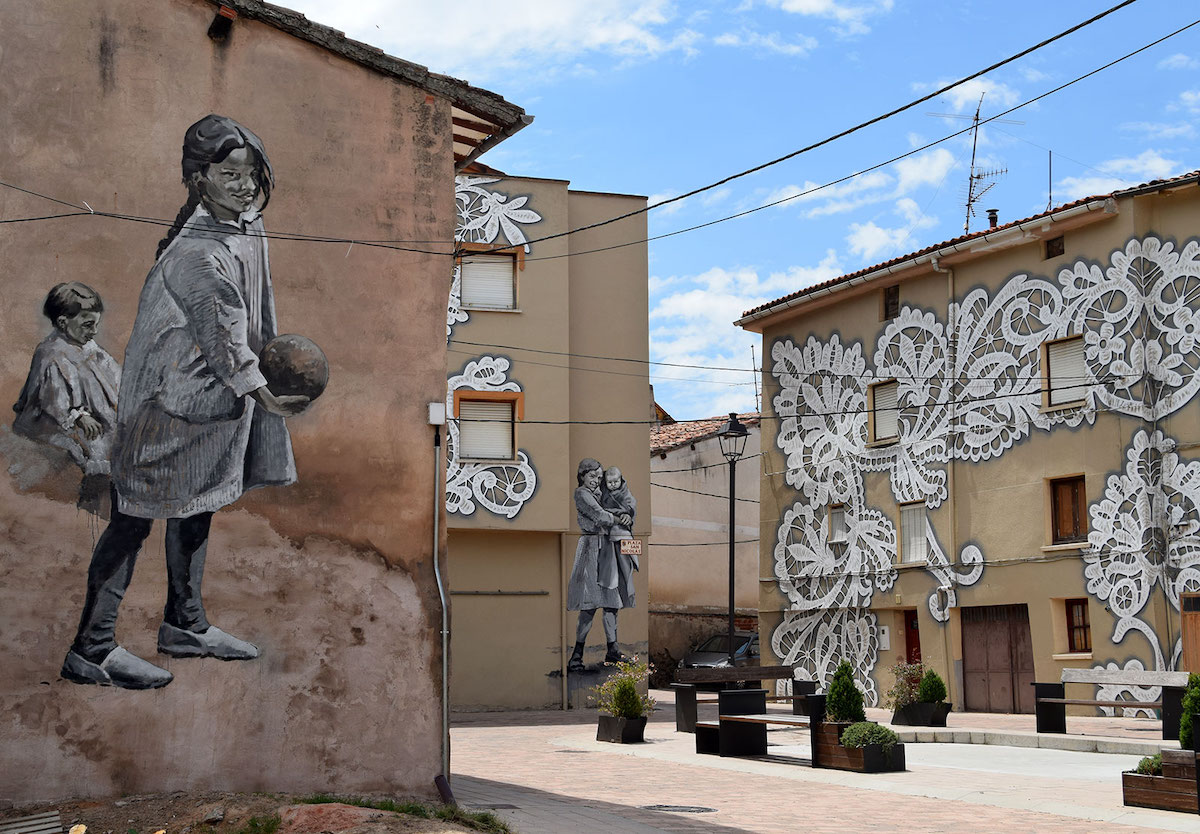

The project focused on the role of women in public spaces, with Polish artist NeSpoon taking inspiration from local lacework.
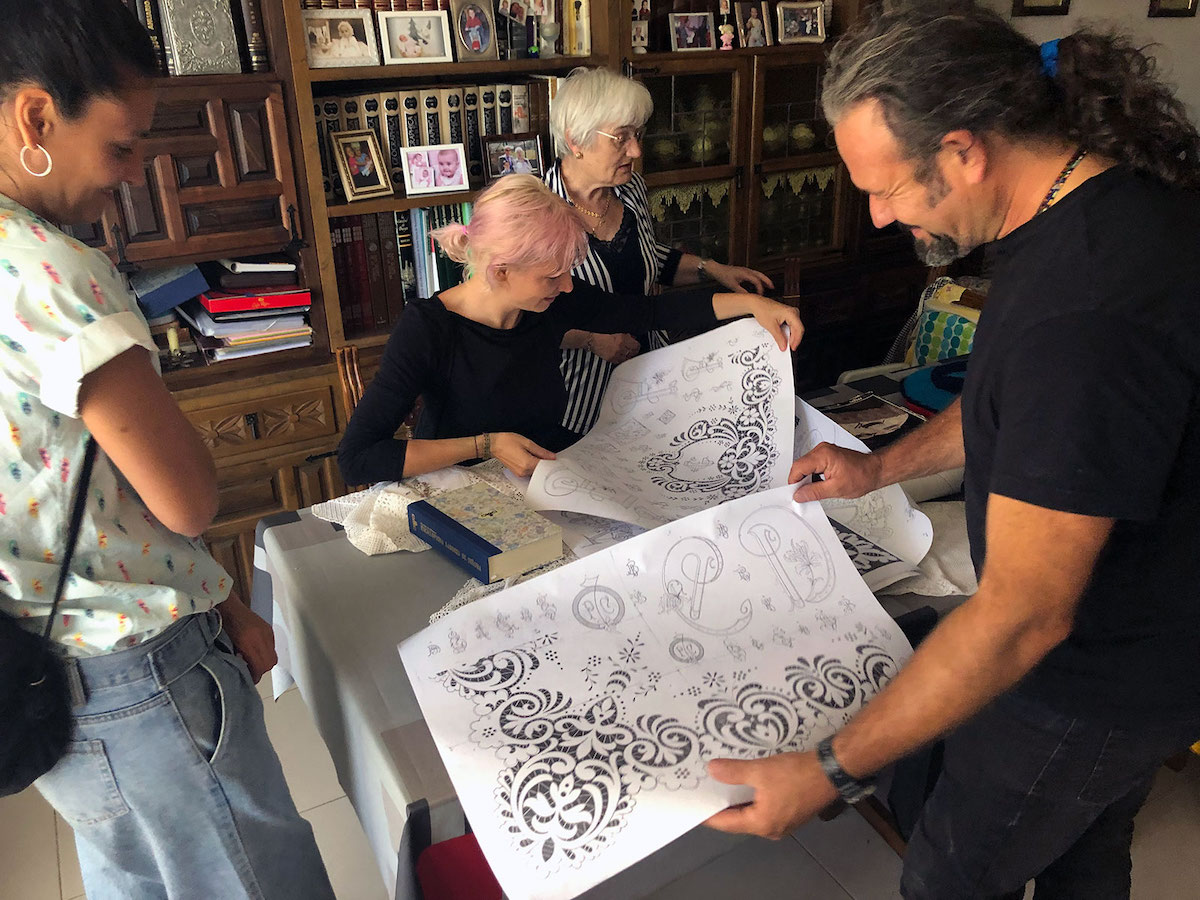
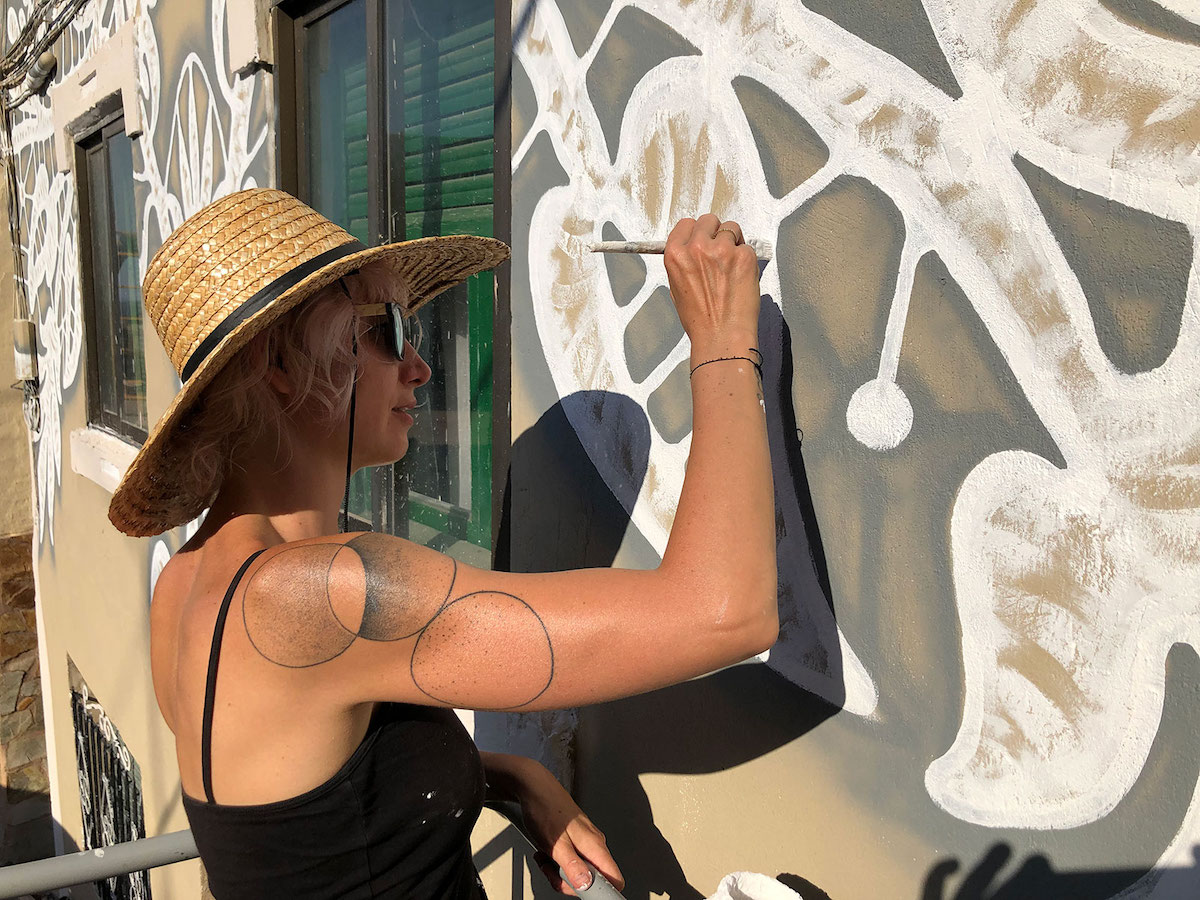

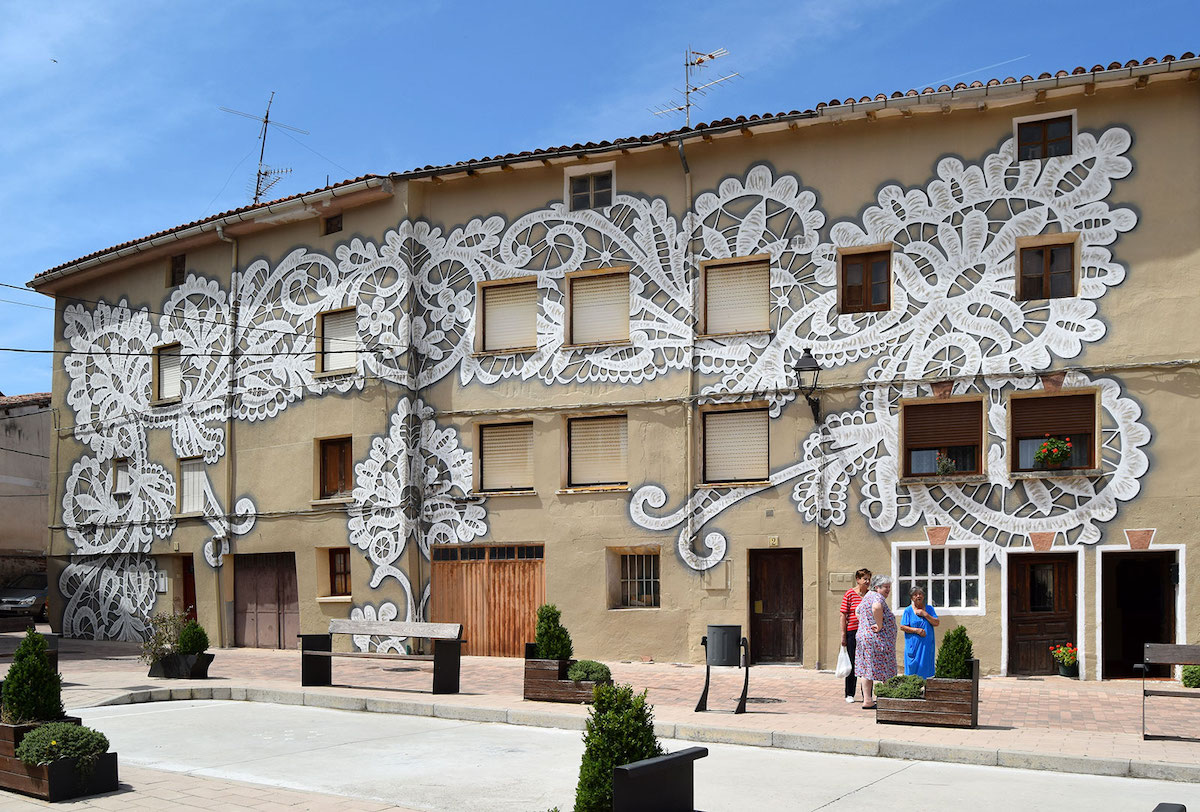
Other murals celebrate the tradition of bolo beliforano, a type of bowling only played by women.
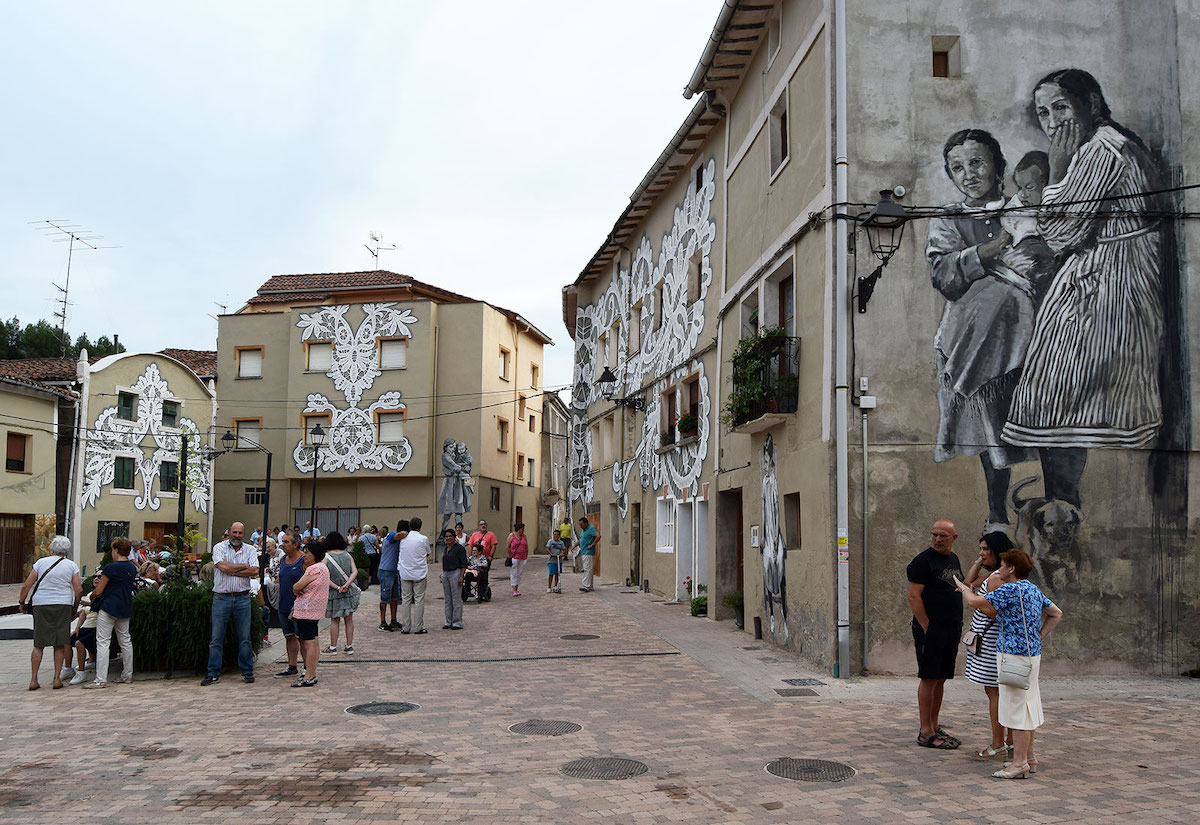
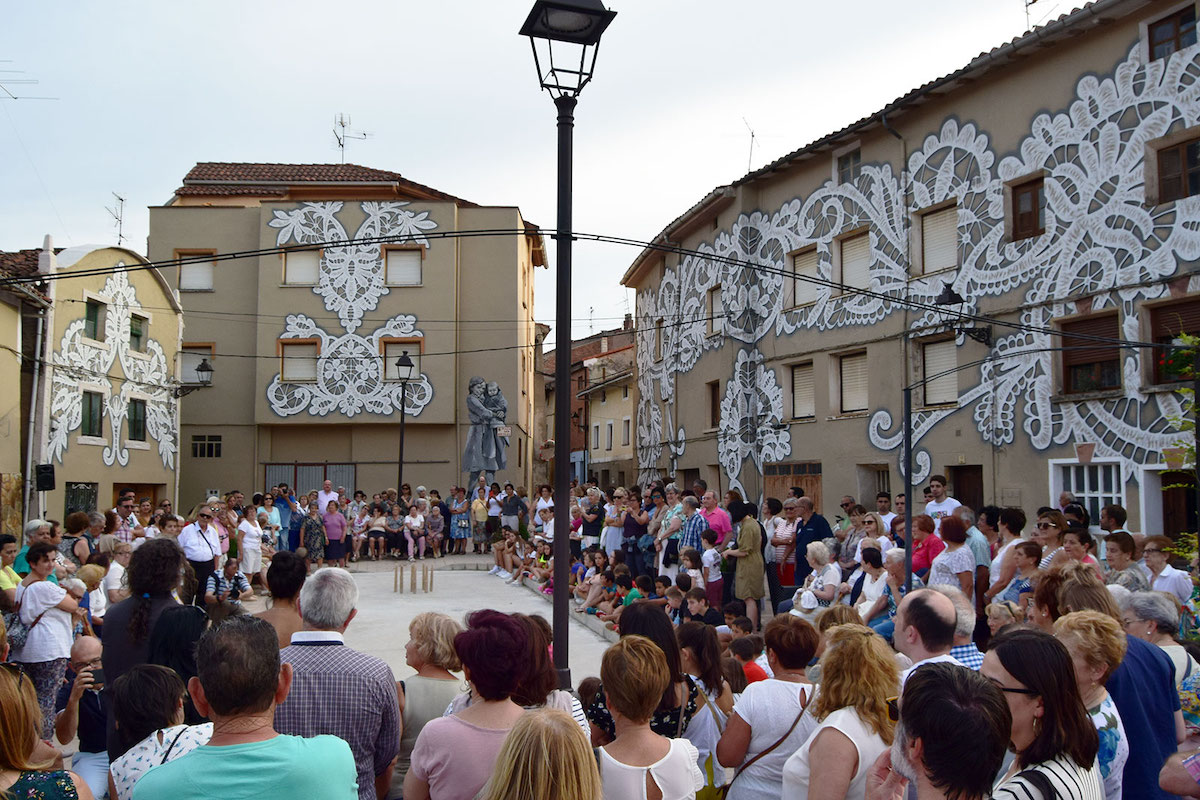
Once again the town was filled with life and local women participated in bowling matches to bring renewed vitality to the square.
